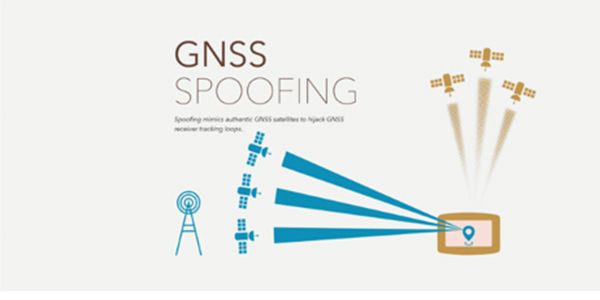DLTs as building blocks for European EPES
In the development of power systems, the focus of communication and security has almost always been on network reliability. Safety has always taken precedence over security, and in a sense, it still does. Until recently, communication has been considered a key enabler for the grid. However, with smart grids, the information infrastructure supporting the monitoring and management activities of the power system has become an important, if not the most important, part of a reliable power system.





















